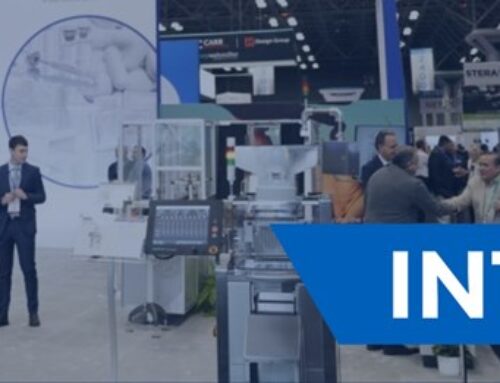Can Fluoropolymers Take Flight in Aerospace?
Fluoropolymers have a firmly established place in the lab, but what about in the air? Or – to be more specific – on a modern passenger plane? Let’s dig a little deeper and find out whether or not fluoropolymers are flight worthy.
First off, is the use of fluoropolymers new to the aerospace industry?” Well, not exactly. Both machined PTFE and injection molded PFA fluoropolymers have been used to a limited extent in creating certain plane components. Though, designers are making a deliberate move away from heavier materials as the Boeings and Airbuses of the world try to make their aircraft as light and fuel efficient as possible.
So, while fluoropolymers aren’t new to aircraft, they’re a developing market and demand for these materials is increasing.
Are Fluoropolymers Flight-Worthy and Where Can They be Used?
When you think about suitable materials for a passenger plane, there are a few non-negotiables. Whatever you use has to stand up to extreme temperatures, it can’t be flammable or reactive and – of course – it needs to be able to take a beating.
Here’s where fluoropolymers check a number of those boxes, as well as where they could be used on a modern aircraft:
In areas like a plane’s fuel delivery system and hydraulic lines, fluoropolymers are inert and non-reactive – even when completely immersed in jet fuel. Fluoropolymers also have high lubricity, which means they don’t create a lot of friction.
Durability-wise, fluoropolymers are extremely tough, resilient materials. They’re non-flammable, great electrical insulators and can survive working temperatures of as low as negative -200 degrees Celsius and as high as 260 degrees Celsius.
Other logical places for fluoropolymers (beyond a plane’s fuel/hydraulic system) include electrical connectors, bearings and fasteners to help support and protect a plane’s intricate systems, as well as lavatory and galley accessories.
Aerospace materials experts are already familiar with using machined PTFE components. The drawback here is that machining PTFE parts is expensive.
Savillex leads its industry in the use of injection molded PFA as the “go-to” fluoropolymer material. From a manufacturing perspective, PFA can be custom molded to create intricate and complex pieces at lower unit costs than machined PTFE parts. (Psst – read our earlier post about the benefits of switching from PTFE to injection molded PFA).
So, what’s on the horizon for Savillex, fluoropolymers and the aerospace industry? Stay tuned for our next blog entries as things continue to take flight. And follow this link to learn more about Savillex custom services and injection molded PFA.




